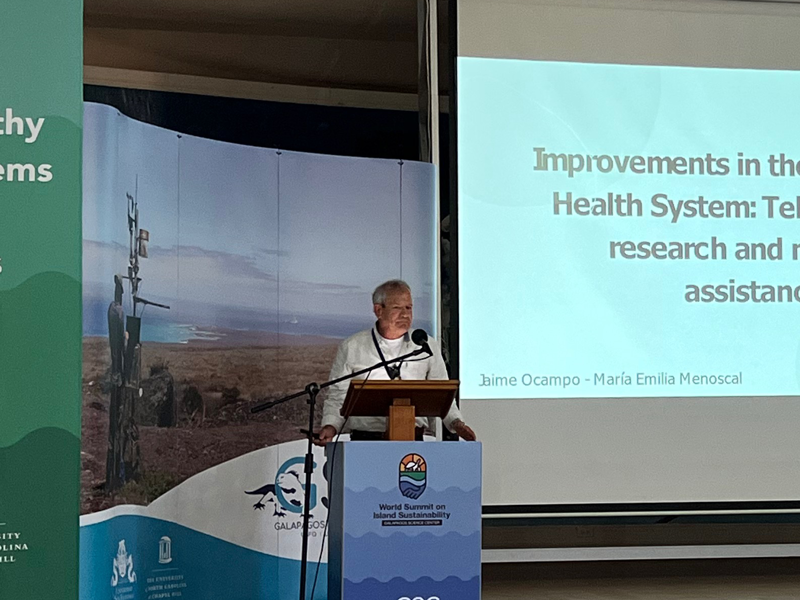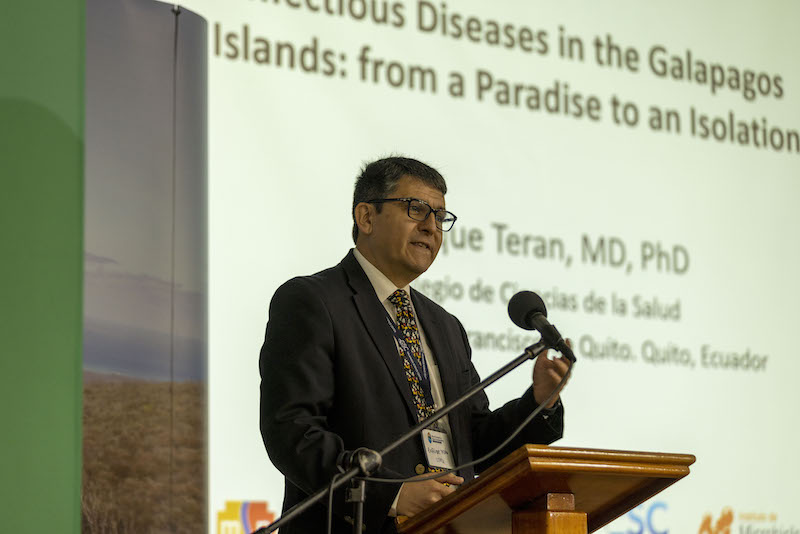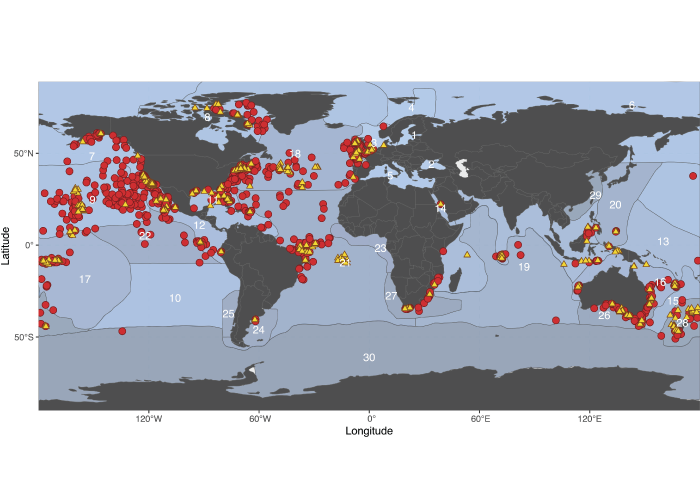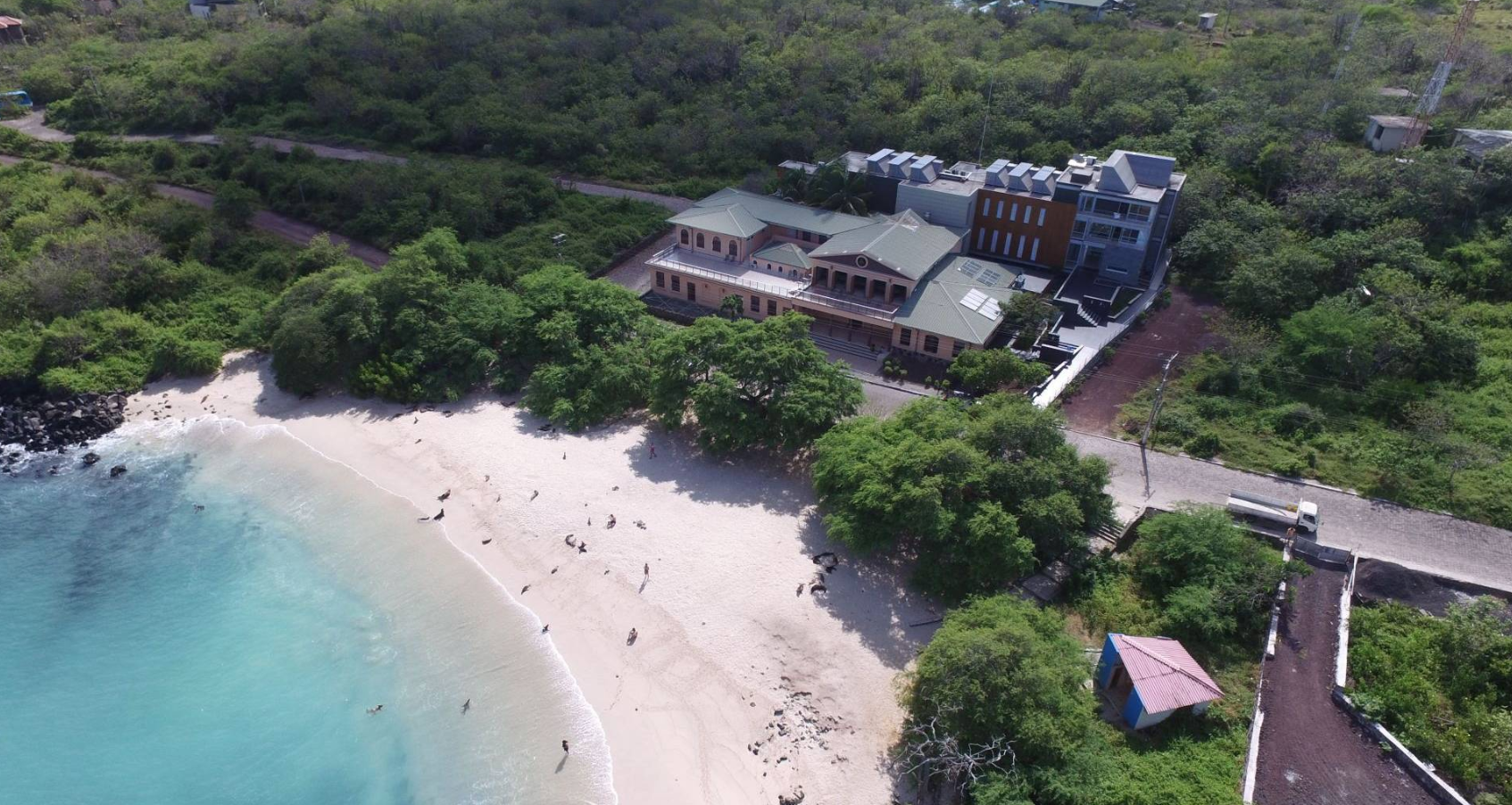Advances in the Galapagos Health System Telemedicine, research and medical assistance

Jaime Ocampo
Critical knowledge to support resilience-based management of the Great Barrier Reef

Kathy Towsend
Species respond in different ways to climatic changes, some adapt, others don’t

Margarita Brandt
One Health approach to understanding human health on Galapagos Island

Enrique Terán
Water quality in the Galapagos Islands: linking human and environmental health

Jill Stewart
Understand the social issues affecting the wellbeing of people of the Galapagos Island

Gina Chowa
The health impacts in vulnerable environments such as Galapagos

Amanda Thompson
Galapagos petrels conservation retributing towards a sustainable future in the islands

Leo Zurita
Microplastic distribution and composition on two Galápagos island beaches, Ecuador: Verifying the use of citizen science derived data in long-term monitoring

Monitoring beach plastic contamination across space and time is necessary for understanding its sources and ecological effects.
Diving into the vertical dimension of elasmobranch movement ecology

Knowledge of the three-dimensional movement patterns of elasmobranchs is vital to understand their ecological roles and exposure to anthropogenic pressures. To date, comparative studies among species at global scales have mostly focused on horizontal movements.


